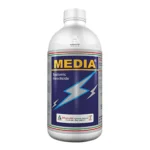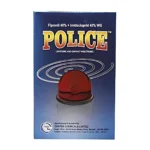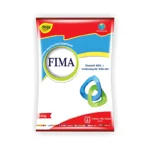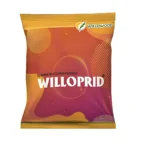Paddy Pests
Green Leaf Hopper
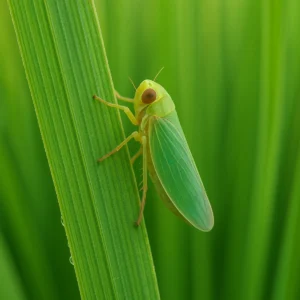
Symptoms
- Yellowing and drying of leaves from tip downwards
- Vector for the diseases viz., Rice tungro virus (RTV), rice yellow & transitory yellowing
- Retarded vigor and stunted growth
- Drying up of plant due to sucking up of sap from the leaf
Identification
- Eggs: Greenish transparent eggs are deposited in the midrib of leaf blade or sheath of rice or green grass. They are laid in batches of 10 to 15 arranged in a single row
- Nymph: The nymphs are soft bodied, yellow white in colour. Gradually the colour changes to green.
- Adult: Adults are 3-5 mm long, bright green with variable black markings, wedge shaped with a characteristic diagonal movement. Male insect has a black spot in middle of the forewings that is absent in females. The insect is active during July to September.
Management
ETL: 60/25 net sweeps or 5/hill at vegetative stage or 10/hill at flowering or 2/hill in tungro endemic area
- Remove alternate weed hosts on the bunds as they act as reservoir of the population.
- Reduce the number of rice crops to two per year with synchronized sowing.
- Apply optimum nitrogen based on leaf colour chart, to avoid population outbreak.
- Set up light traps to monitor the vector population.
- Vegetation on the bunds should also be sprayed with insecticides.
- Intercrop soyabean in upland rice to reduce the incidence of leafhoppers in rice.
- Do not lay nursery near street lamps; In nursery, maintain 25 cm of water and broadcast carbofuran 3% CG @ 1.4 kg/ 8 cents.
- If ETL exceeds, spray or broadcast any one of the following insecticides twice at 15 and 30 days after transplanting per acre:
- Spray any following insecticides
|
Insecticides |
Dosage |
|---|---|
|
250 ml/acre |
|
|
100 g/acre |
₹312
Select options
This product has multiple variants. The options may be chosen on the product page
₹399
Select options
This product has multiple variants. The options may be chosen on the product page
₹999
Select options
This product has multiple variants. The options may be chosen on the product page
₹799
Select options
This product has multiple variants. The options may be chosen on the product page
₹650
Select options
This product has multiple variants. The options may be chosen on the product page
